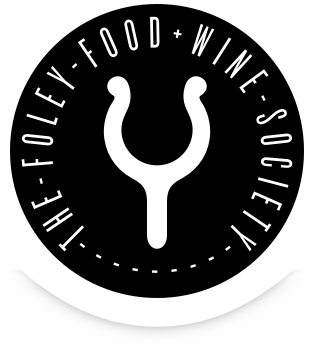Familiarizing yourself with common wine terminology will help you describe the wine you taste in more detail, as well as help with ordering in restaurants.
Here’s this month’s picks for top wine terms you should know.
ACIDITY: You can probably tell when something is very acidic. Your mouth puckers and waters at the same time. A wine is acidic when it makes your mouth salivate with each sip. White wines tend to have more acidity than red wines.
BIG: This is a term used to describe wine that has intense flavor or that is high in alcohol. Syrah is an example of a wine that is big because it is packed with bold aromas and flavors.
FRUIT FORWARD: A wine where its sweet fruit characteristics stand out the most is a wine that is fruit forward. Examples of sweet fruit characteristics are: jam, blueberry, blackberry, raisin, peach, and so many more.
OXIDATION: Oxidation is what happens when a wine is exposed to air. Some air can be helpful in opening up a wine, such as when you aerate it, but too much can cause a wine to become brown and ruin the flavor. Oxidized wines are wines that get too much oxygen.
OLD WORLD: When wines are from the Old World, this generally means Europe. France, Italy, Spain, and Germany to name a few. Grapes originated in these countries, coining the term Old World. Wines in the Old World will be named after the cities and regions they come from. For example, Vino Nobile di Montepulciano is NOT made from the Montepulciano grape; it is actually made from Sangiovese. Old World wines typically taste more acidic and have less alcohol than wines from the New World.
NEW WORLD: When wines are from the New World, they are from countries such as the United States, Australia, New Zealand, and South Africa. It’s called New World because these countries had grapes imported from the Old World. Wines in the New World will be named after the varietal they were made from. New World wines typically are more fruit forward and have more alcohol than wines from the Old World.
Check out more wine terms here.




